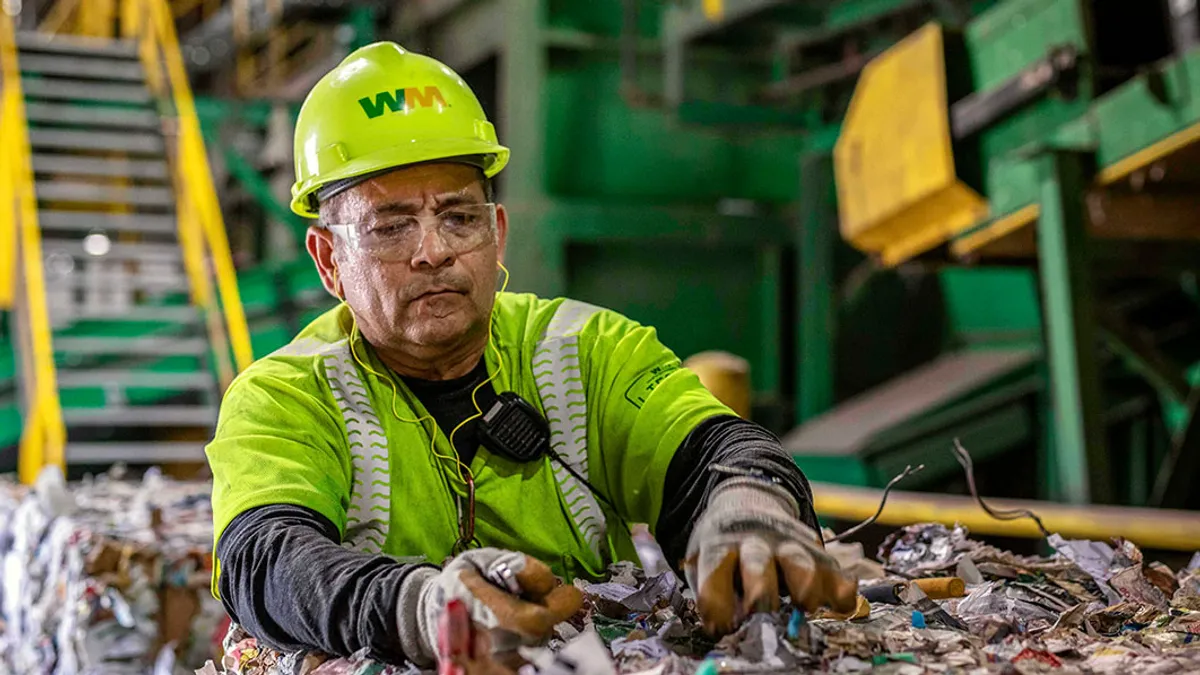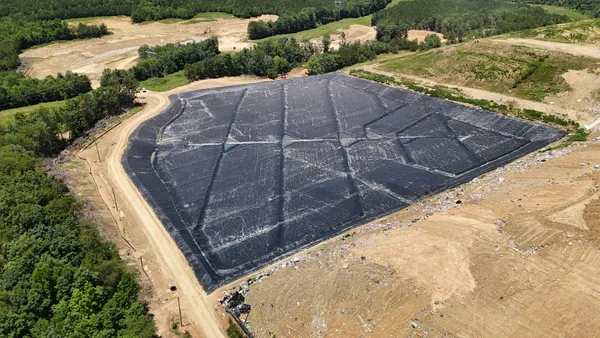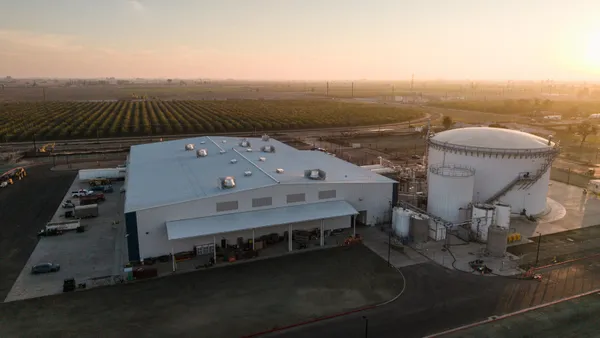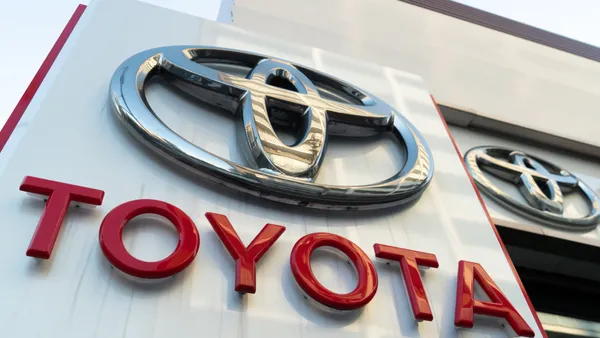- Economic outlook: WM executives were bullish on their 2022 results, reporting a $480 million increase in earnings before interest, depreciation and amortization (EBITDA) even as recycling EBITDA declined by $59 million. “At a time when the economic outlook is increasingly uncertain we’re pleased to be anticipating another strong year of earnings growth in 2023,” said CEO Jim Fish in a Wednesday earnings call.
- Pricing: Chief Operating Officer John Morris reported “record” core price levels for the year, led by 10.5% in commercial pricing and followed by single-digit percentage growth for residential, landfill and transfer station pricing. The rate of additional surcharges is expected to moderate in 2023 as inflation eases.
- Volume: Collection and disposal volumes were up 1.8% year over year, with special waste and C&D volumes up by double digits in Q4. Commercial and industrial volumes began to soften in Q4, but remained positive for the year. Q4 residential volumes were down 4.7% year over year, due in part to the loss of some less profitable contracts and national accounts.
- 2022 labor savings: WM cut more than 600 high-turnover customer service jobs through attrition, with many aspects of the system now automated, and expects to cut another 400 this year. On the MRF side, WM cut 137 positions and anticipates another 200 cuts this year. Labor costs improved by 35% per ton at the company’s automated MRFs during Q4.
- RNG spending: WM is raising planned RNG project spending to $1.215 billion by 2026, for a new total of 20 planned projects that could eventually generate $450 million in free cash flow. Due to the increasingly-favorable market for RNG, including a boost from the Inflation Reduction Act and related federal policies, Fish said such projects have become a “cash-generating machine” with a three-year payback period.
- Recycling spending: WM also raised planned MRF spending to $1 billion by 2026, with the addition of four new automation projects and two new market projects. The company anticipates this will boost annual free cash flow by $180 million by 2026.
- Recycling economics: Fish said that even though China “isn’t a big customer of ours anymore, they still affect the overall market” and the country’s pandemic restrictions destabilized commodity pricing. WM’s average commodity price was $47 per ton in the fourth quarter, but may begin to improve as automation investments yield higher premiums for material.
- Plastics investment: WM plans to spend an additional $125 million on growing plastic film recycling systems, following its acquisition of Avangard Innovative. Chief Sustainability Officer Tara Hemmer said this will include building out capacity in Houston and the Midwest as companies seek more recycled content for their products.
- Other expenditures and costs: WM anticipates around $2 billion in routine capital expenditures this year, similar to 2022 levels, with signs that fleet costs could moderate. “Truck delivery trends are favorable now, relative to where we started 2022, and that should give us some relief, both in repair and maintenance and in truck rental costs,” said CFO Devina Rankin.
- M&A: Fish said the company’s acquisition spending may return to a more typical annual level of $100 million to $200 million and described the company’s sustainability investments as more attractive. “I'd rather do a three times EBITDA investment than a 10 times EBITDA investment where there's some uncertainty about integration,” he said.
- Shareholder returns: During 2022, WM issued $1.08 billion worth of dividends and spent $1.5 billion on stock buybacks. Rankin anticipates $1.1 billion worth of dividends this year, and said the company’s board has authorized up to $1.5 billion in future buybacks.
- 2023 guidance: WM projects annual revenue will grow by 4% to 5.5%. Volumes are expected to be roughly flat from 2022, with the potential for core price to increase by 6.5% to 7%.
- Looking ahead: “As we look at the tea leaves for the economy, there are a few factors that are concerning out there,” said Fish, citing a slowdown in housing and a drop in consumer savings. “The good news for us is that our strategy is really not built around the volume aspect. It’s built around cost controls, it’s built around building out this sustainability strategy and it’s built around pricing.”

WM boosts planned MRF and RNG spending by $590M, sees signs of inflation easing
With volumes flat and recycling values down, executives hope cost control measures and long-term investments will offset any headwinds.

Recommended Reading
- Q4 earnings results for major waste and recycling companies By • Updated March 9, 2023
- WM spent nearly $200M on acquisitions in Q3, outlines future potential of big ESG investments By Cole Rosengren • Oct. 26, 2022













